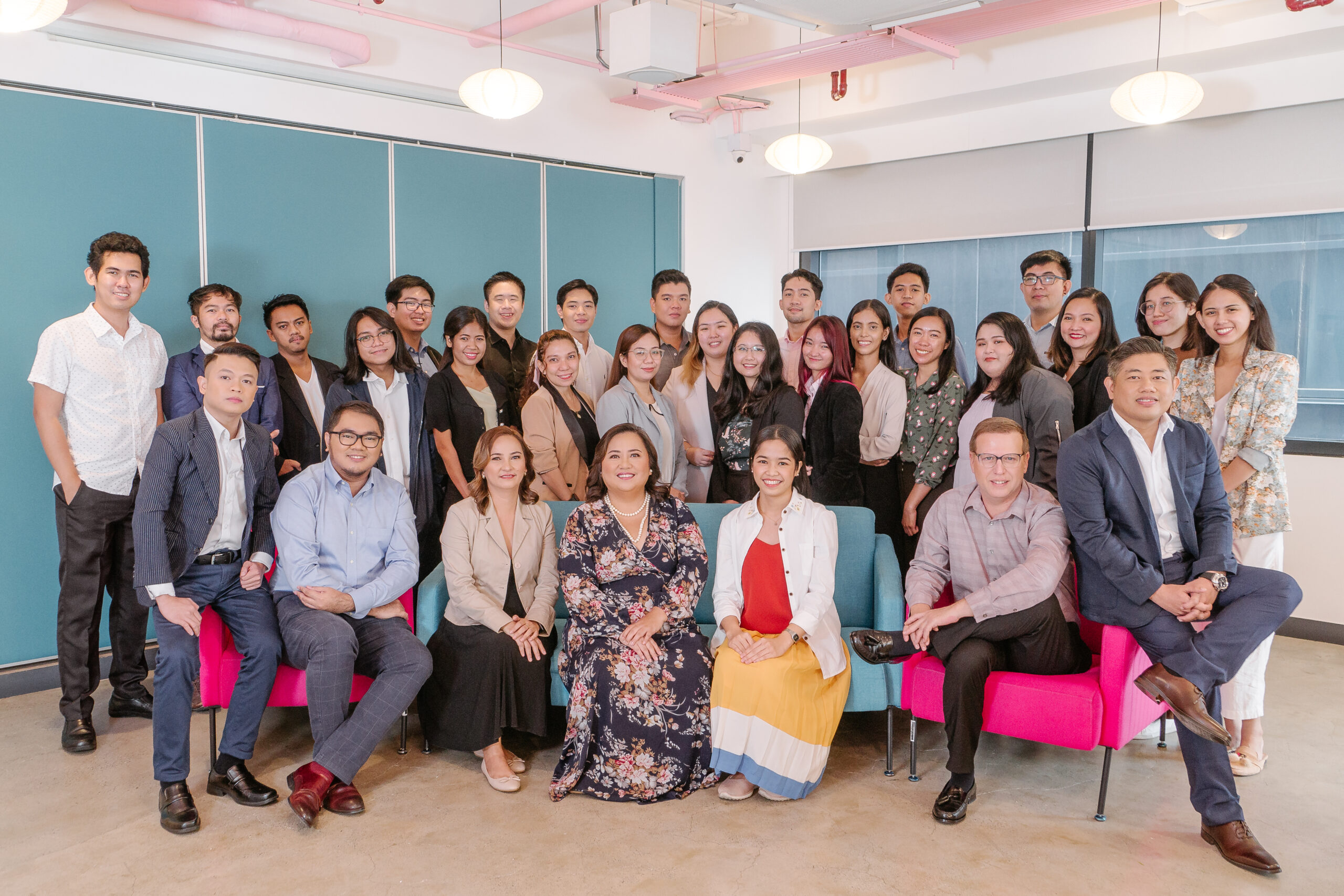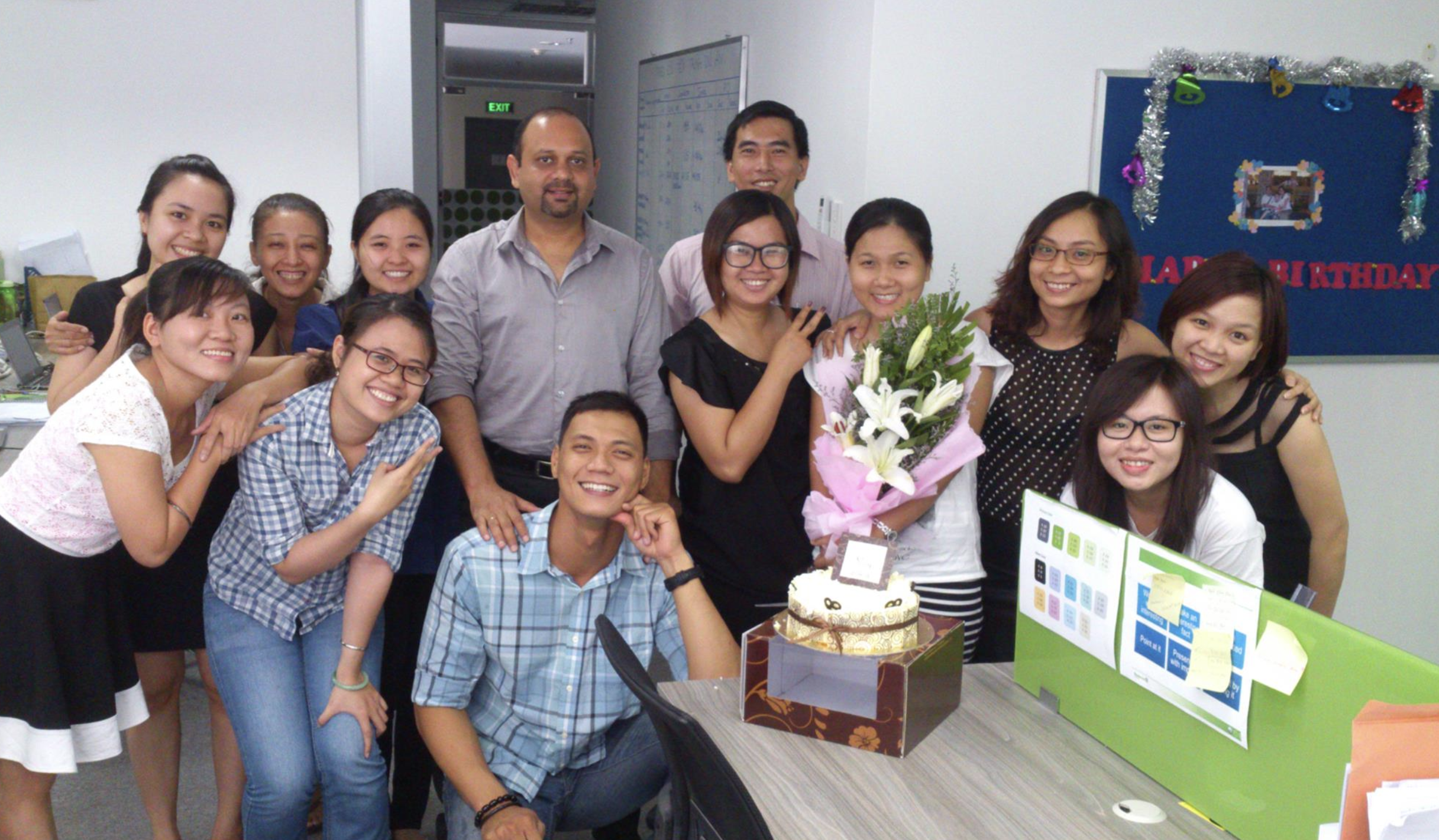Telephone depth interviews (TDI market research).
Explore professional or consumer perceptions to understand attitudes, needs and experiences of your products, services and brands.

Only by understanding your customers’ perspectives and experiences can you evolve to meet their needs.
We conduct TDI market research to help you get closer to the people that matter most – your customers. By connecting with people over the phone and one-on-one, we’re able to dig deep to understand customers’ needs and pain points, and discuss their views and experiences of your brand, products and services.
We conduct TDI market research for both B2B and B2C audiences and have particular expertise in engaging the hard-to-reach. We’ve spoken to CEOs and CTOs, right through to famers and salon owners – all through the power of TDIs. Our specialist interviewers are the very best in the business, skilled in building rapport with your customers to unearth powerful new insights and opportunities for your business.
The impact TDI market research can have on your business:
Build rich customer understanding
By directly engaging with your customers, you’re able to better understand what they’re looking for from your business.
Design your strategy around your customers’ evolving needs
The rich insights gained from TDI market research can enable customer-centric planning and strategy development.
Improve customer satisfaction in both B2C and B2B settings
By uncovering individual assessments of services and products, you can find ways to optimize and improve satisfaction.
Our customers
View all case studies








The global boutique for data and insight
Our global footprint makes us the go-to partner for international market research. We offer all qualitative and quantitative methodologies across our office network and beyond.
Conducting online market research in Asia: The Go-To Guide
What online methodologies work best in India? How do you get the most out of respondents through digital methodologies in China? Experts across our global boutique share best practice tips and techniques for conducting online market research in Asia Pacific.
Download the guide now
Sectors we serve
With over 30 years in the business of market research, we have extensive experience and a depth of knowledge across a range of sectors.
We bring this to bear to design the very best approach to meet your objectives.


We’ve been working with Kadence on a couple of strategic projects, which influenced our product roadmap roll-out within the region. Their work has been exceptional in providing me the insights that I need.
Senior Marketing Executive
Arla Foods
We have been engaged with Kadence since 2016. Since our first partnership, Kadence has been instrumental in supporting our business efforts and have continuously proven their value in research, insights and analysis that have helped us to gain many wins. Kadence consistently pushes the boundaries and offer inspirations that provide deep business insights and drive business strategies.
Head of Research
Bloomberg
Kadence’s reports give us the insight, conclusion and recommended execution needed to give us a different perspective, which provided us with an opportunity to relook at our go to market strategy in a different direction which we are now reaping the benefits from.
Sales & Marketing
Bridgestone
I have been working with Kadence for more than 4 years and they have always delivered consistently good outputs. Their ability to understand business goals and translate them to research objectives as well as a high degree of flexibility by collaborating with clients and providing recommendations that are otherwise overlooked differentiate them from other research agencies in the market.
Head of Insights
Discovery
The team go the extra mile to make sure all the details are covered and to ensure the successful completion of our projects. Kadence always put the client’s priorities and perspectives ahead of anything else and create an experience that reflects our marketing needs / goals.
Corporate Communications / Public Relations
Brand Management Department
Panasonic – Singapore
Kadence has produced an exceptional body of work which plays a crucial part in planning marketing strategies and understanding the opportunities for our business as we continue to grow. We couldn’t ask for a better partner; they provided true expertise, valuable insights and commitment to quality across each project.
Performance Marketing & Analytics Director
Treatwell


























 Head of Research
Head of Research Sales & Marketing
Sales & Marketing Head of Insights
Head of Insights Corporate Communications / Public Relations
Corporate Communications / Public Relations Performance Marketing & Analytics Director
Performance Marketing & Analytics Director Vital Strategies
Vital Strategies
 Customer Intelligence Director
Customer Intelligence Director